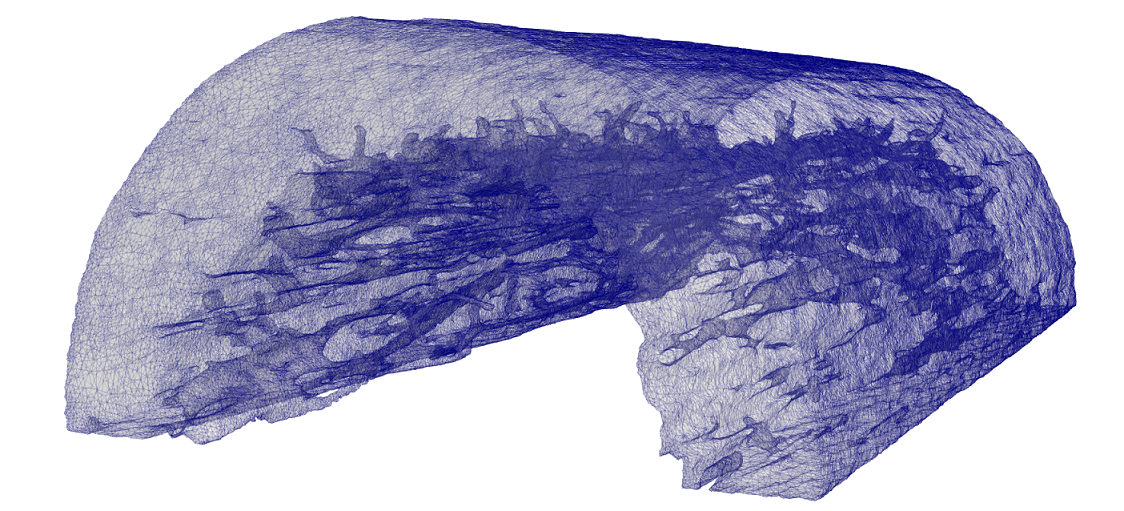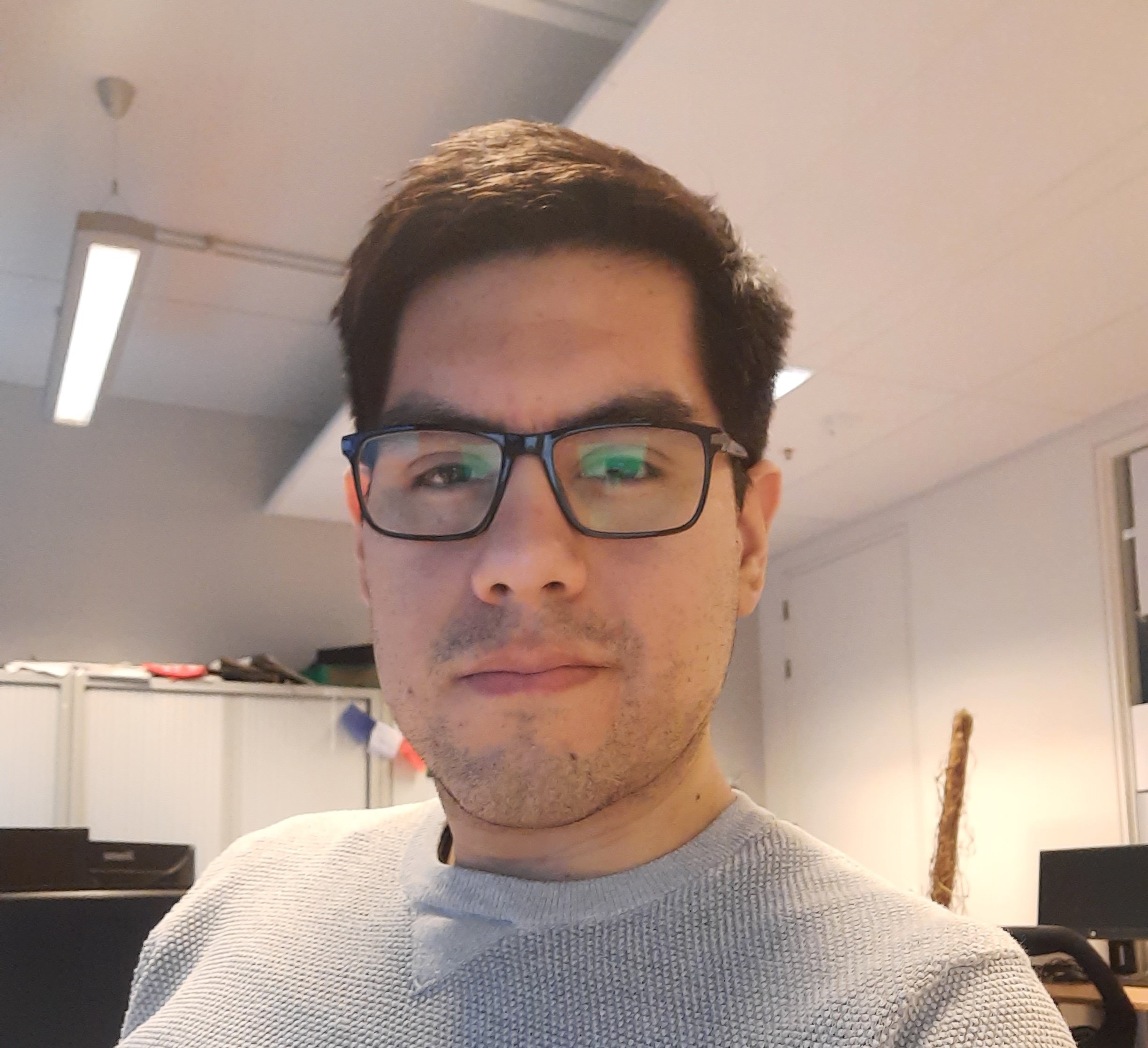Objectives for the following months
Featuring with a beautiful corticla bone mesh1 this post introduces the main objectives to develop for the following months.
Hopefully all the items will be developed, and mainly shown in a investigation-like perspective in Python, Julia or C++ implementations.
I expect to describe and show to all the reader, detailed journey on numerical implementations of q-learning models oriented to finance, study neural nets in various setting (the study of LSTM, Convolutional layers for example) being particularly my attention towards deep q-learning methods! and the so-called meta-learning.
On the other hand, I expect to develop a basic Flask app, deployed using Docker with finance-like prediction scenarios.
In a mechanical oriented setting, I will post several study cases of FEniCS usage, image processing toolbox and numerical implementation of various PDE-related problems.
Objectives
As mentioned before, the main objectives are separated in two-classes: One direction of study using policy-learners in the context of reinforcement-learning:
- Study the on-policy and off-policy approaches with test case studies…
- Implementations of Python in test cases oriented towards finance prediction tasks or time-related sets.
- Introduction to meta-learning and possible applications on PDE-like problems!.
- Everything else that can be found in this area!.
The other direction in related to work I’ve already done in the context of biomechanical models
- Study a proposed ultrasounic tool to describe bone parameters.
- Describe numerical implementation of the direct and inverse problems related.
- Mesh generation procedures with cool simulations.
- Some other works oriented in scientific computing with PDE-like formulations.
Question hoping to be tacke…
There is a natural expectaction to neural nets to be good approximators of realistic complex models (for example in the sense of NP problems in Complexity Theory), therefore since we are in a time with vast ammount of procedures, techniques such as Finite Element Method (FEM) or similar techniques are becoming too specific. Could they become shadowed by parametrize approximators that learn the mode using sample data? 2
-
Awesome MIT lecture of Ilya Sutskever ↩

